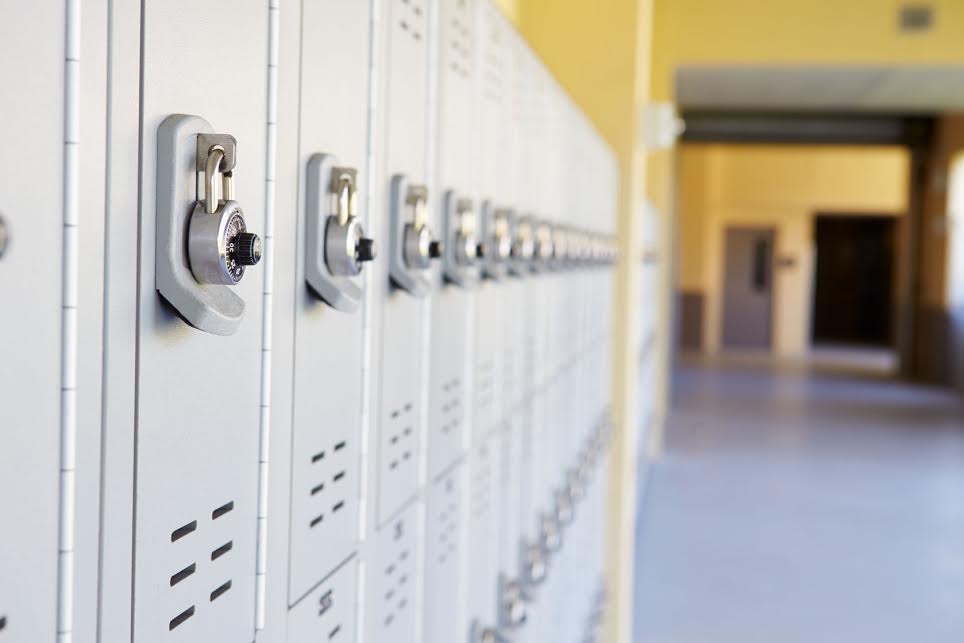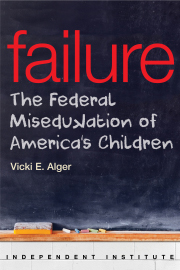This month marks the anniversary of one of the most successful education programs in American history: the GI Bill, which provides a range of higher education and other benefits to U.S. military veterans and active duty personnel, and their families.
Formally known as the Servicemen’s Readjustment Act of 1944, the GI Bill was passed during World War II to help returning veterans continue their education and training after military service. The program predates the U.S. Department of Education by more than 35 years. This is important because the GI Bill has been an unprecedented success; the Department of Education, an unprecedented failure.
Indeed, the GI Bill’s education provisions could serve as a model for national school reform efforts. But politics being what it is, many of the same people who defend the GI Bill viscerally oppose K-12 reform programs extending similar types of benefits to school children because (Heaven, forbid) their parents might enroll them in a parochial school.
What makes the GI Bill’s education benefits unique is that individual beneficiaries, rather than government bureaucrats, decide how to use the benefits. Decision-making power remains in the hands of the individual. Students can use GI Bill benefits to attend the accredited school of their choice, including public community colleges and universities; private colleges and universities; for-profit technical and trade schools; as well as schools with a religious orientation, such as Baylor University (Baptist), Notre Dame (Catholic), SMU (Methodist), Liberty (nondenominational Christian), Yeshiva (Jewish) and even a seminary. That’s right: Benefits can be used to study for the priesthood, the rabbinate, or to become a preacher.
American taxpayers provide funding through Washington, but Washington does not dictate what schools veterans choose to attend.
This same model can and should be applied to K-12 education. Give families a choice.
When the U.S. Department of Education opened its doors in May 1980, proponents promised improved efficiency and higher student achievement. More than 35 years later, federal spending has soared, but student achievement has not improved.
Back in 1866, when the idea of a national education department was first being debated in Congress, Rep. Samuel J. Randall of Pennsylvania predicted that it would amount to "a bureau at an extravagant rate of pay, and an undue number of clerks collecting statistics ... [that] does not propose to teach a single child ... its ABC’s." History has proven Congressman Randall correct.
It’s time to end the Department of Education and put America’s parents in charge of education.
Research shows that when parents have more educational choices both the students and the schools benefit, at a fraction of the cost of top-heavy federal programs. Competition for students and the funding that goes to the schools they choose puts powerful pressure on all schools to do better.
Choice comes in many forms, including public charter schools, voucher and tax-credit scholarship programs, and education savings accounts (ESAs). They all, in their own way, reduce the power of the teachers unions and the "professional" education bureaucrats — the so-called experts — and increase the power of parents.
Opponents of school choice typically disguise their objections as constitutional concerns, raising the red herring that providing "public" funds to religious-oriented schools would violate the separation of church and state. Nowhere does the Constitution authorize government to discourage religious activities. On the contrary, the "establishment clause" expressly forbids Congress from prohibiting the free exercise of religion.
The GI Bill shows that education and religion can coexist in America without creating a constitutional crisis. Nobody forces a veteran to attend a secular school, just as nobody forces a veteran to attend a religious school. It’s a matter of individual choice.
Let’s give the same choice to America’s schoolchildren.









